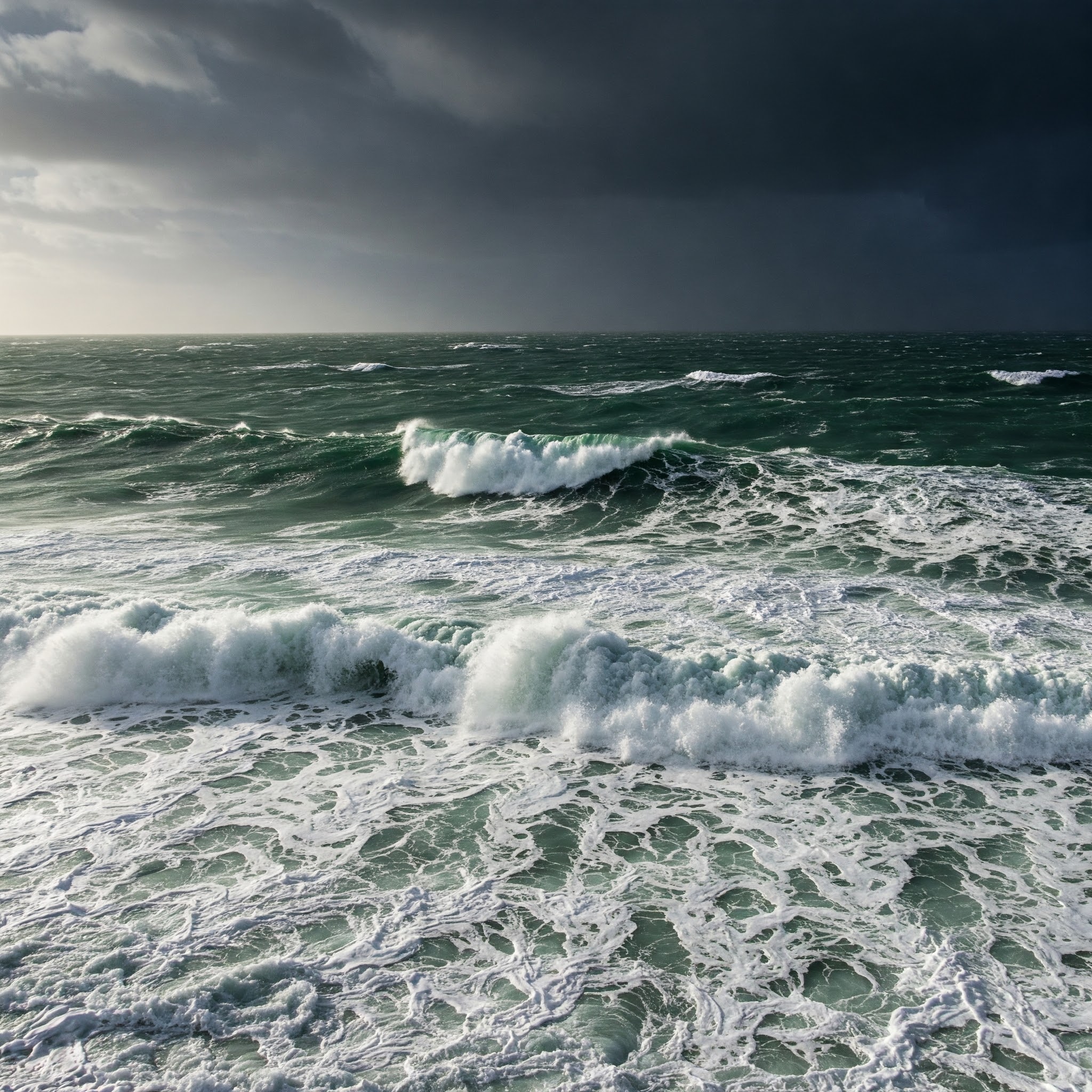Tidal Water Energy Advantages and Disadvantages
|
|---|
| Advantages | Disadvantages |
|---|
- Tidal energy is a renewable resource, as it relies on the natural movement of tides, which are driven by the gravitational pull of the moon and sun. This means it will not run out as long as these celestial bodies exist.
- Tidal patterns are highly predictable, unlike other renewable energy sources like wind and solar, which are subject to weather conditions. This predictability allows for more accurate energy production forecasting.
- Once a tidal energy plant is built, the operational and maintenance costs are relatively low. Tidal energy systems can have long lifespans, making them cost-effective over time.
- Tidal energy generation does not produce greenhouse gases or other pollutants, making it an environmentally friendly alternative to fossil fuels.
- Water is much denser than air, meaning tidal energy has the potential to generate more power with smaller devices compared to wind energy.
- Tidal power plants, particularly tidal barrages, can last for several decades with proper maintenance, providing a long-term energy solution.
|
- The construction of tidal energy infrastructure, such as tidal barrages and underwater turbines, requires significant investment. The costs of building in marine environments are high, and the technology is still developing, which can drive up costs further.
- Tidal energy projects can have significant environmental impacts, such as altering tidal flows, disrupting marine ecosystems, and affecting fish migration patterns. Tidal barrages, in particular, can change the natural habitat of estuaries and affect water quality.
- Tidal energy requires specific geographic conditions, such as areas with high tidal ranges or strong tidal currents. This limits the number of suitable locations for tidal energy projects.
- Although tidal energy is predictable, it is not continuous. Tidal energy can only be generated during certain periods of the tidal cycle, which means that energy production is intermittent.
- The placement of tidal energy infrastructure in coastal areas could pose challenges for navigation and shipping routes, requiring careful planning to avoid conflicts.
- The harsh marine environment can lead to corrosion and damage to equipment, making maintenance more challenging and costly compared to land-based energy systems.
|
 Tidal water energy, also called tidal energy, is a form of renewable energy generated by harnessing the movement of tides. Tides are the rise and fall of sea levels caused by the gravitational forces exerted by tcalledhe moon and the sun, along with the rotation of the Earth. Tidal energy is considered a predictable and reliable source of power, unlike other renewable sources like wind and solar, which can be more variable. However, the development of tidal energy infrastructure can be expensive and may have environmental impacts, such as changes to local ecosystems and marine life. Despite these challenges, tidal energy represents a promising area for sustainable power generation.
Tidal water energy, also called tidal energy, is a form of renewable energy generated by harnessing the movement of tides. Tides are the rise and fall of sea levels caused by the gravitational forces exerted by tcalledhe moon and the sun, along with the rotation of the Earth. Tidal energy is considered a predictable and reliable source of power, unlike other renewable sources like wind and solar, which can be more variable. However, the development of tidal energy infrastructure can be expensive and may have environmental impacts, such as changes to local ecosystems and marine life. Despite these challenges, tidal energy represents a promising area for sustainable power generation.
There are Two Primary Methods for Capturing Tidal Energy
Tidal Stream Generators - These devices, similar to underwater wind turbines, are placed in areas with strong tidal currents. As the water moves with the tide, it turns the blades of the turbines, generating electricity.
Tidal Barrages - A tidal barrage is a dam-like structure built across the entrance to a tidal basin or estuary. As the tide comes in, water is allowed to flow into the basin. When the tide recedes, the stored water is released back into the sea, passing through turbines that generate electricity.

 Tidal water energy, also called tidal energy, is a form of renewable energy generated by harnessing the movement of tides. Tides are the rise and fall of sea levels caused by the gravitational forces exerted by tcalledhe moon and the sun, along with the rotation of the Earth. Tidal energy is considered a predictable and reliable source of power, unlike other renewable sources like wind and solar, which can be more variable. However, the development of tidal energy infrastructure can be expensive and may have environmental impacts, such as changes to local ecosystems and marine life. Despite these challenges, tidal energy represents a promising area for sustainable power generation.
Tidal water energy, also called tidal energy, is a form of renewable energy generated by harnessing the movement of tides. Tides are the rise and fall of sea levels caused by the gravitational forces exerted by tcalledhe moon and the sun, along with the rotation of the Earth. Tidal energy is considered a predictable and reliable source of power, unlike other renewable sources like wind and solar, which can be more variable. However, the development of tidal energy infrastructure can be expensive and may have environmental impacts, such as changes to local ecosystems and marine life. Despite these challenges, tidal energy represents a promising area for sustainable power generation.
